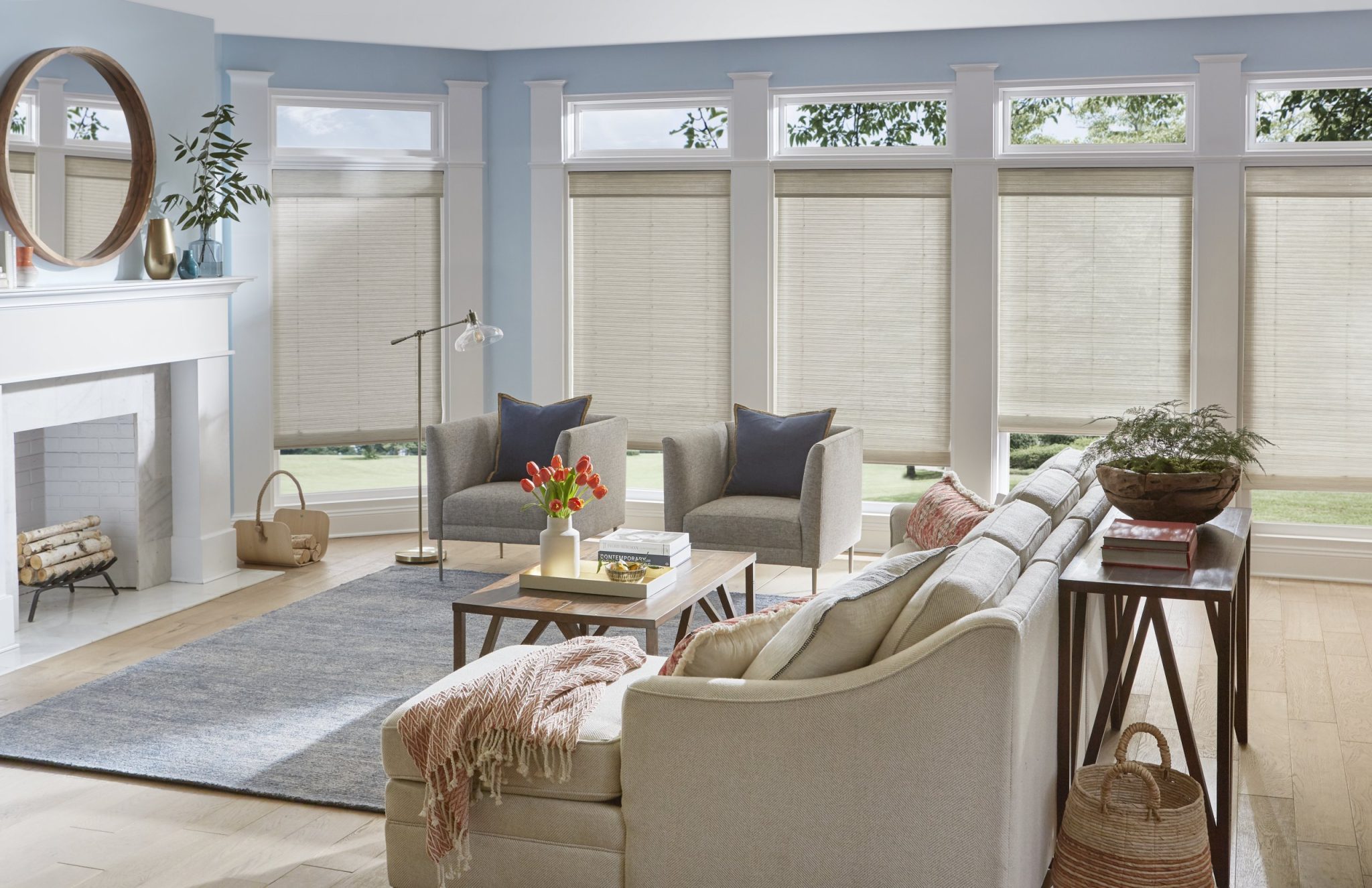Blinds are more than just useful window coverings; they are an essential component of interior design, providing privacy, controlling light, and elevating a room’s general atmosphere. But over time, blinds can experience wear and tear much like any other home appliance. The lifespan of these necessary home decorations can be extended and costs can be reduced by learning how to repair blinds, whether the damage is from age, mechanical problems, or wear and tear.
Understanding Common Blind Issues
There are several different kinds of blinds, including roller, horizontal, vertical, and more, and each has the potential to cause issues. The following are some typical problems you may run into:
- Slats Not Rotating: This often happens with horizontal blinds where the tilt mechanism fails.
- Slats Won’t Raise or Lower: If the lift cord or mechanism is damaged, the blinds may get stuck in one position.
- Broken Slats: Individual slats can break, especially in homes with pets or children.
- Cord Tangles or Frays: The cords used for raising and lowering blinds can become tangled or fray, affecting functionality and safety.
Tools and Materials You Might Need
- Make sure you have the required instruments and supplies before beginning any blind repair. These could consist of:
- Pliers and flathead and Phillips screwdrivers
- Tilt mechanisms or replacement cords
- Slats to replace, if needed
- Cutlery
- supplies for cleaning (if the blinds are soiled)
Step-by-Step Repair Guide
1. Assessment and Cleaning
- Inspect the Blinds: Identify the specific problem areas—whether it’s a broken tilt mechanism, damaged slats, or tangled cords.
- Clean the Blinds: Dust and debris can affect performance. Use a vacuum cleaner or a microfiber cloth to clean the blinds thoroughly.
2. Repairing Common Issues
- Replacing Broken Slats: Remove the blinds from the window and carefully detach the broken slats. Insert new slats following the manufacturer’s instructions.
- Fixing Tilt Mechanisms: The tilt rod or the complete mechanism may need to be replaced, depending on the type of blind. Remove the old mechanism, install the new one, and make sure it works as it should.
- Repairing Cord Issues: If the cords are tangled or frayed, untangle them gently or replace them with new cords. Be sure to follow safety guidelines for cord replacements to prevent accidents, especially in homes with young children or pets.
3. Reinstallation and Testing
- Once repairs are complete, reinstall the blinds carefully, ensuring all components are securely fastened.
- Test the blinds by operating them through their full range of motion to ensure all issues have been resolved.
Maintenance Tips to Prolong Blind Lifespan
- Take into account these upkeep suggestions to prolong the lifespan of your blinds and avoid needless repairs:
- Clean your blinds frequently to avoid dust accumulation.
- Use moderate force when adjusting blinds.
- When wear begins to show on cords or mechanisms, check them and replace them.
- Pets should not be near blinds to avoid damage.
Conclusion
Acquiring proficiency in blind repair not only makes sense, but it also enables homeowners to effectively manage their living areas. You may prolong the useful life and visual appeal of your blinds for many years by being aware of typical problems and adhering to these repair instructions. Keep in mind that maintaining your window coverings will help them remain beautiful and functional for a longer period of time.





